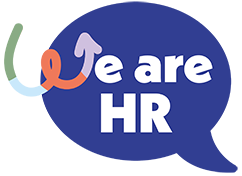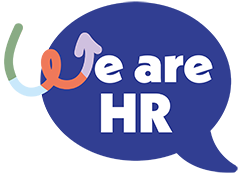Table Of Contents
Introduction
In 2018, the CIPD conducted a poll revealing that only 10% of HR professionals in the UK considered neurodiversity in their organisation’s people management practices. Alarmingly, 72% admitted that neurodiversity was not part of their considerations. Given that around 10% of the UK population is neurodivergent, it is crucial to proactively support these individuals in the workplace. The Equality Act 2010 mandates employers to make ‘reasonable adjustments’ for individuals with disabilities, including those falling under the umbrella of neurodiversity. This article explores practical ways to embed neurodiversity into people management practices, spanning recruitment to career development.
What is Neurodiversity?
Neurodiversity encompasses individuals who think differently from the majority, often including those with neurodevelopmental conditions such as autism, ADHD, dyslexia, dyspraxia, dyscalculia, and Tourette syndrome. Traditionally, diagnoses focused on negative criteria, symptoms, or difficulties, but recent neurodiversity programmes highlight strengths and skills. These initiatives aim to recognise the valuable contributions neurodivergent individuals make to society, emphasising equal opportunities for meaningful employment.
1. Recruitment Process
Supporting neurodiverse individuals begins with an individualistic approach to the recruitment process. Employers should create environments where candidates can thrive rather than setting up tests irrelevant to the role. On-the-spot questioning may not be the most productive for everyone; alternatives like work trials or skills testing combined with informal interviews can provide a more accurate assessment.
1.1 Tailored Assessment Approaches
Explore tailored assessment methods that align with neurodiverse strengths. Consider incorporating practical tasks or portfolio reviews in addition to traditional interviews.
1.2 Inclusive Job Descriptions
Craft job descriptions using clear and inclusive language, avoiding jargon that may be a barrier to neurodivergent candidates.
2. Simple Adjustments to the Working Environment
Once employed, consider how tasks are assigned and communicated. For instance, individuals with autism may benefit from clear, concise instructions in plain English, accompanied by questions asked in advance to avoid unexpected challenges.
2.1 Sensory Considerations
Be mindful of sensory preferences and adverse sensory environments. Implement changes such as desk partitions, low lights, light-up telephones, or noise-cancelling headphones based on individual needs.
2.2 Flexible Working Conditions
Explore flexible working conditions, including designated quiet zones and creative workspaces, to accommodate diverse work preferences.
3. Career Development Opportunities
Neurodivergent employees may sometimes feel held back in terms of career progression or underestimated for increased responsibilities.
3.1 Individualised Career Plans
Ensure equal development opportunities for all staff by creating individualised career plans that recognise and target individual strengths.
3.2 Specialised Roles and Responsibilities
Consider roles in technical or advisory capacities, project management, or other paths that align with individual strengths to foster diversity within the workforce.
4. Supporting a Diverse Workforce
To address alarming unemployment statistics among neurodivergent individuals, organisations must increase awareness and understanding.
4.1 Comprehensive Training Programmes
Beyond awareness-raising workshops, implement in-depth training schemes for line managers and HR staff to facilitate sensible and realistic changes.
4.2 Peer Support Networks
Foster a sense of community among neurodiverse employees by providing resources, allocating time for peer support, and encouraging a collective voice to raise awareness.
5. The Autism Employer Guide
According to the National Autistic Society, only 16% of autistic adults in the UK are in full-time, paid employment, despite 77% expressing a desire to work.
5.1 Practical Guidance
Utilise the Autism Employer Guide, available for free download from the DMA website, to gain insights, case studies, and best practices for creating an inclusive workplace.
5.2 Reasonable Adjustments
Implement the recommended adjustments in recruitment processes, workplace environments, and support networks outlined in the guide to ensure a neurodiverse-friendly atmosphere.
Conclusion
In conclusion, embedding neurodiversity into people management practices requires a holistic and comprehensive approach. From recruitment strategies to career development and ongoing support, organisations must adopt individualised strategies that cater to the unique strengths and needs of neurodivergent individuals. By fostering an inclusive environment, providing appropriate accommodations, and recognising the diverse talents within the workforce, businesses can not only meet legal requirements but also harness the full potential of a neurodiverse workforce. Embracing neurodiversity is not just a legal obligation; it is an opportunity to create a workplace where every individual can thrive.


